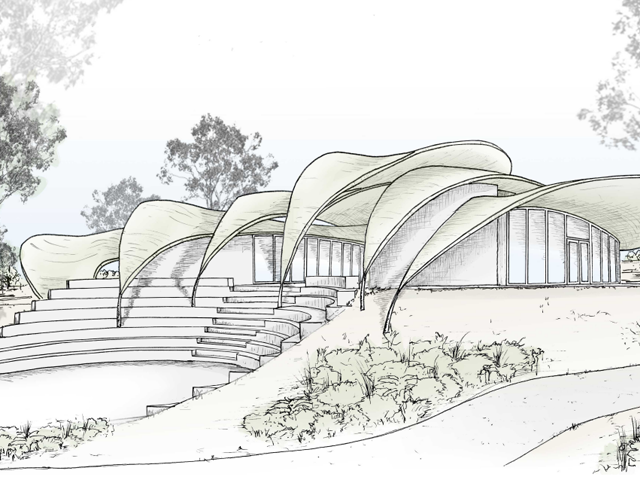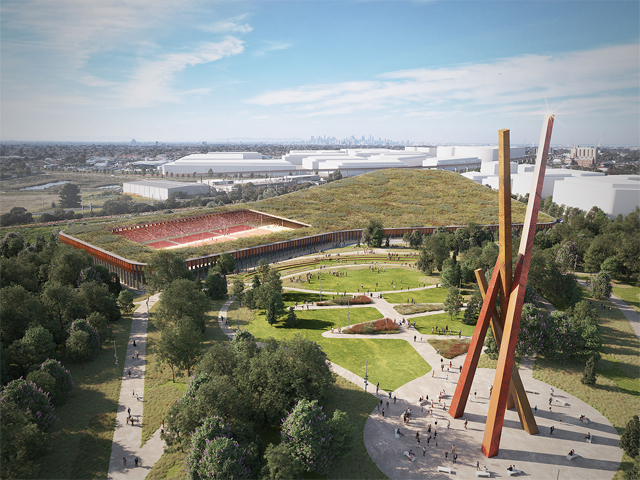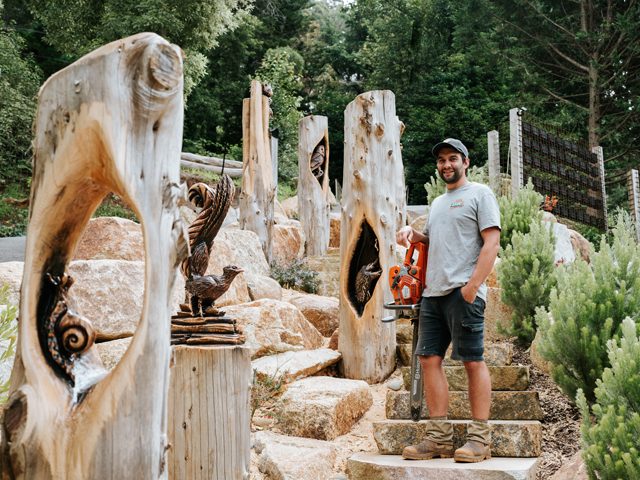‘FOREST CITY’ A ROLE MODEL FOR FUTURE CITIES
03 Feb 2016
A $58.3 billion mixed-use green development, ‘Forest City’, is an ambitious plan that seeks to create “a new global cluster of commerce and culture” in Malaysia.

Located on four man-made islands in Iskandar, Malaysia, ‘Forest City’ is set to be South-East Asia’s largest, mixed-use green development. Designed by Sasaki Associates, the master plan has an estimated investment of $58.3 billion and is expected to bring around 220,000 jobs to the area.




FROM THE ARCHITECTS
Strategically located near the geographic and economic centers of Southeast Asia, Forest City is ideally positioned as a new global cluster of commerce and culture. Designed to foster a live/work lifestyle, it is composed of financial institutions, high-tech research and development facilities, headquarter offices, and a variety of creative industries that establish an innovative and sustainable employment base for the region.
The development's mixed-use approach to city-building also makes Forest City an ideal destination for a new generation that seeks to live in a compact and walkable metropolis with a variety of civic, cultural, and recreational amenities set in a lush, tropical landscape with unparalleled ocean views. Residents and visitors are also efficiently connected to the larger region. Multiple forms of public transportation—including a light rail transit system and extensive ferry network that links to anticipated extensions of Singapore's MRT and Malaysia's planned high-speed rail line to Kuala Lumpur—connect Forest City to the world.
One of the most significant features of Forest City is the symbiotic relationship between development and the natural environment. At the center of the four islands lies the Seagrass Preserve—an ecological feature of the region that celebrates Forest City's commitment to embracing and enhancing the environment. This special preserve is the visual focus of Forest City, providing a distinct identity for the surrounding mixed-use hubs. The iconic towers of the development's central business districts and residential neighborhoods overlook this marine landscape, while a contiguous network of waterfront parks offer opportunities to learn about Forest City's unique ecosystem. Equally as important to the health of Forest City's marine ecosystem is the establishment of a restored mangrove system which encircles the four islands. These mangroves provide essential habitat and help to improve overall water quality in the region. Beyond the mangroves, a diverse variety of waterfront experiences are designed to foster interaction between people and nature. The edges are designed to mimic naturally occurring features of Malaysia's coastal ecosystems, including tidal pools and shallow bays that provide critical marine habitat and support regional fisheries.
In addition to the extensive ground-level parks and waterfront trail system, Forest City offers a new paradigm for the public realm - linking the entire development is a pedestrian-centric rooftop network of interconnected parks and gardens located on the top level of the infrastructure podium. This approach establishes a publically accessible landscape as a continuous urban structure and is a defining element of Forest City, creating the world's largest green roof system. Beyond a simple rooftop landscape, the podium parks provide native habitat zones, filter and cleanse stormwater, and provide recreational opportunities in an entirely automobile-free public realm.
Forest City's success, as with any global center, relies on its ability to efficiently establish a highly efficient transportation system with clusters of development adjacent to public transit, promoting a compact and walkable urban environment. This innovative transportation network is interconnected with a multi-layered approach, integrating vehicular roadways, car parks, a light rail transit system, and pedestrian public realm. Designed to prioritise pedestrian connections, infrastructure related to vehicular traffic is located at the ground level, while a contiguous system of public space forms a new public realm adjacent to transit stations on the top level of the infrastructure podium. Throughout each island, density and civic uses are organised around these transit centers, ensuring the majority of Forest City's future population will live within a 5- to 10-minute walk of public transportation.
A truly ambitious undertaking, the development will take shape in stages over the next 20 years, with completion expected in 2036. Utilising futuristic green design and smart technologies, and adopting best practices to minimise environmental impact, Forest City is set to become a “role model of future cities”.

MORE NEWS

MASTERPLAN FOR INCLUSIVE, CLIMATE-RESILIENT COMMUNITY PARK IN LISMORE

STRIKING GOLD IN BALLARAT

JARRAHDALE TRAIL CENTRE TAKES DESIGN CUES FROM NATIVE FLORA

MELBOURNE'S NEW PARK ON A FORMER LANDFILL SITE

WOOD CARVING WITH BRANDON KROON

